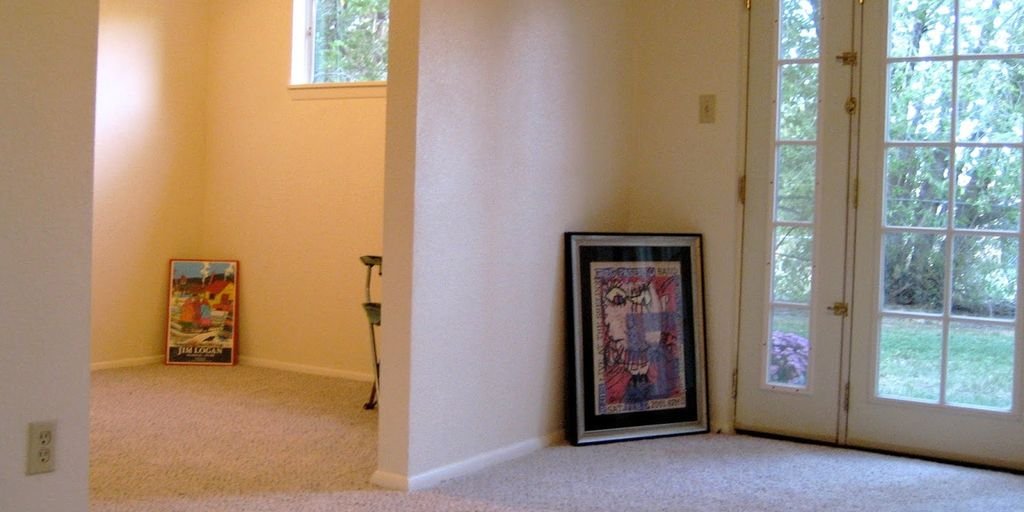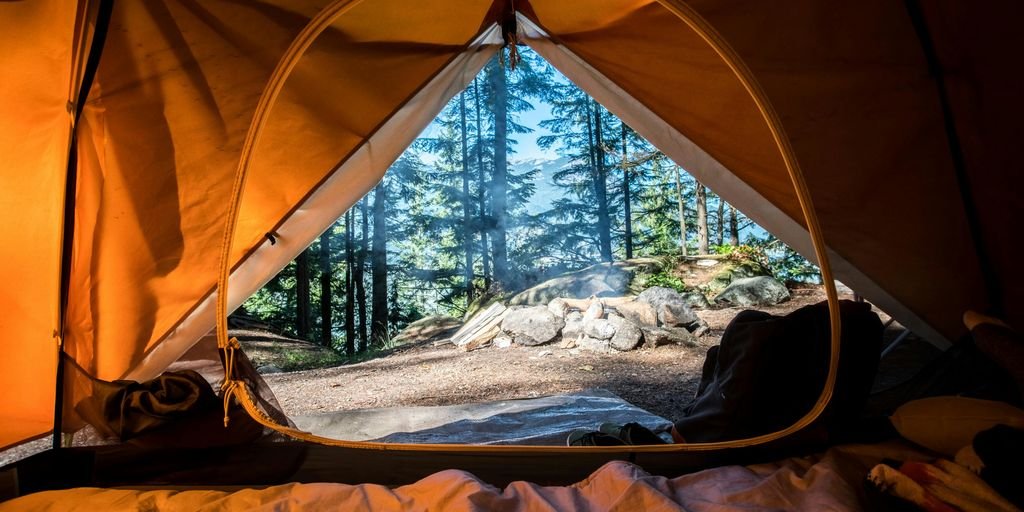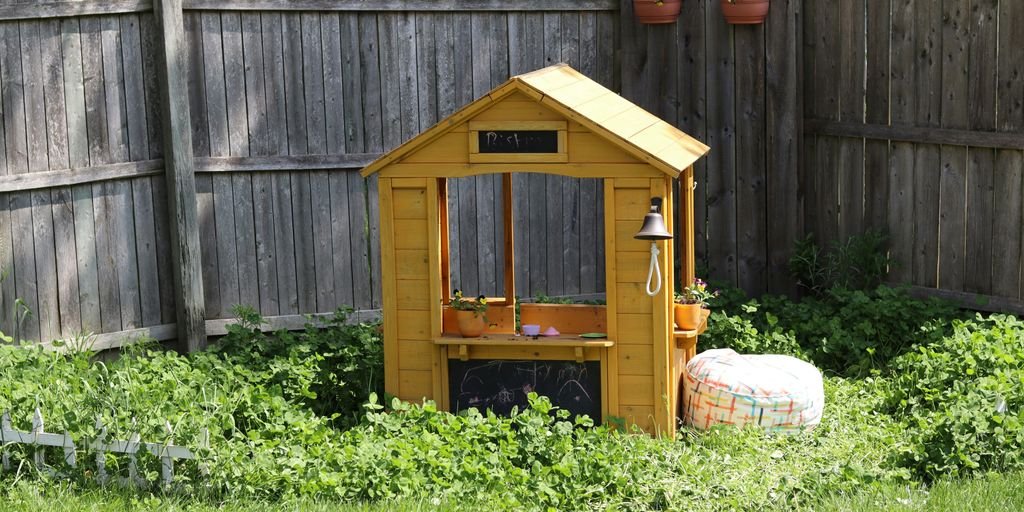Designing the perfect outdoor living area is tricky. We love to dream up stunning, functional outdoor spaces that reflect our client’s style, and take pride in working to create, tailor, and execute a vision. What furniture works best? Neutrals or color? Full bells-and-whistles kitchen or a simple grill? What kind of accents show personality? Here, we share 6 hot trends that we’re seeing this season to help you create the ultimate outdoor room.
Key Takeaways
- Choose weather-resistant furniture that combines comfort and style.
- Consider incorporating a full outdoor kitchen or a simple grill based on your needs.
- Create a seamless indoor-outdoor transition using sliding or folding doors and consistent flooring.
- Use a variety of outdoor lighting types and placement strategies to enhance ambiance and functionality.
- Add personal touches with decorative accents like pillows, rugs, unique planters, and sculptures.
Choosing the Right Furniture
Weather-Resistant Materials
Opt for furniture made from materials like teak, aluminum, or all-weather wicker, which are designed to endure sun, rain, and even snow. Equally important is the selection of fabrics that are resistant to fading, moisture, and mildew. Performance fabrics like solution-dyed acrylics and polyesters are specifically engineered for outdoor use, ensuring that your cushions and upholstery remain vibrant and fresh season after season.
Comfort and Style
Above all, choosing furniture for your outdoor space is all about creating the most comfortable relaxing environment for your family and friends to enjoy in all types of occasions. Think very specifically and hone down exactly what will work best for your needs. There is so much choice, from low-slung corner sofas to hanging egg-chairs and suspended swing seats, making choosing furniture for your outdoor living space a minefield.
Space-Saving Solutions
Be sure to measure your available space and then think about how many people will use the furniture and what kind of seating and tables will suit best. Furniture, with moveable stools and chairs that can be added or taken away to create seating around a table or a lounging bed are always a good idea.
Incorporating Outdoor Kitchens
Creating an outdoor kitchen can transform your backyard into the ultimate entertainment destination. Plan ahead to ensure your kitchen is both functional and stylish, making it a perfect spot for gatherings, from intimate dinners to lively barbecues.
Creating a Seamless Indoor-Outdoor Transition
Using Sliding or Folding Doors
Sliding or folding doors are an excellent way to blur the lines between indoor and outdoor spaces. These doors can be fully opened to create a large, uninterrupted passage, making your outdoor area feel like an extension of your home. Opt for high-quality, weather-resistant materials to ensure longevity and smooth operation.
Consistent Flooring Choices
Using the same or similar flooring materials both inside and outside can create a cohesive look. For example, if you have wooden floors indoors, consider using weather-resistant wooden decking outside. This consistency in flooring helps to visually connect the two spaces, making the transition seamless.
Blending Indoor and Outdoor Decor
To achieve a harmonious look, incorporate elements of your indoor decor into your outdoor space. This could include using similar color schemes, furniture styles, or decorative accents. By doing so, you create a unified aesthetic that ties both areas together. Consider using outdoor sofas with high-performance fabric and throw pillows that match your indoor decor.
Lighting for Ambiance and Functionality
Types of Outdoor Lighting
Outdoor lighting is essential for creating ambiance and extending the usability of your outdoor space into the evening and night hours. Consider different types of lighting to serve various purposes:
- String lights: Perfect for a cozy glow.
- Path lights: Enhance safety along walkways.
- Spotlights: Highlight key features like trees or water elements.
Placement Strategies
Strategically placing your lights can make a significant difference. Position lights within ingresses, sleepers, or garden borders so you see the effect of the light, rather than the light itself. This approach helps in creating a relaxing outdoor living space.
Energy-Efficient Options
Before deciding on the type of lighting, consider whether you will use solar lighting, electric lighting, or a combination of both. Solar lighting is an eco-friendly option that can save on energy costs, while electric lighting may offer more consistent performance. Choose energy-efficient bulbs to further reduce your environmental impact.
Thoughtful lighting design can transform your outdoor space into a functional and inviting area, perfect for both relaxation and entertainment.
Adding Personal Touches with Accents
Decorative Pillows and Rugs
Enhance the comfort and coziness of your outdoor space by layering soft furnishings. Throws and cushions can easily change color schemes while making the area more inviting. Consider using outdoor rugs to define different zones and add a touch of style.
Unique Planters and Greenery
Incorporate unique planters and a variety of greenery to bring life and color to your outdoor living space. Use a mix of potted plants, hanging baskets, and vertical gardens to create visual interest and a lush environment.
Art and Sculptures
Add personality to your outdoor area with art and sculptures. Wall containers with trailing vines, outdoor-suitable art, and sculptures can dress up large stretches of siding or stone, making your space feel like an extension of your indoor living area.
Ensuring Privacy and Shelter
Creating a private and sheltered outdoor living space is essential for comfort and relaxation. You want your outdoor living space to feel as private as your indoor living room, but that isn’t always easy, especially if you live in a city and your yard is overlooked. Here are some effective strategies to ensure privacy and provide shelter in your outdoor area.
Maximizing Space with Multi-Functional Areas

Creating a versatile outdoor living space is essential, especially when space is limited. By designing multi-functional areas, you can make the most of your outdoor environment.
Zoning Your Outdoor Space
To enhance usability, divide your outdoor area into distinct zones. For instance, you can have a dining area, a lounging space, and a storage section. This promotes a sense of organization and maximizes usability.
Furniture with Dual Purposes
Opt for furniture that serves multiple functions. Benches with storage underneath or tables that double as containers are excellent choices. These pieces not only save space but also add functionality to your outdoor living area.
Creating Cozy Nooks
Designing cozy nooks within your outdoor space can make it feel more inviting. Use planters, screens, and shelter to create intimate areas for relaxation. This helps in making the space feel less open to the elements and more comfortable for relaxation.
Conclusion
Creating the ultimate outdoor living space is a blend of thoughtful planning, design, and the latest trends. By considering how you want to use the space, selecting the right furniture, and incorporating elements like lighting and greenery, you can transform your outdoor area into a functional and stylish extension of your home. Whether you prefer a cozy lounging spot, a full outdoor kitchen, or a serene garden room, the key is to tailor the space to your needs and personal style. Stay updated with the latest trends and don’t be afraid to experiment with new ideas to make your outdoor living space truly unique and inviting.
Frequently Asked Questions
What are the best materials for outdoor furniture?
The best materials for outdoor furniture are those that are weather-resistant, such as teak, aluminum, and synthetic wicker. These materials can withstand various weather conditions and require minimal maintenance.
How can I make my outdoor space feel like an extension of my indoor living area?
To create a seamless indoor-outdoor transition, use sliding or folding doors, choose consistent flooring materials, and blend indoor and outdoor decor. This creates a cohesive look and feel between the two spaces.
What are the essential appliances for an outdoor kitchen?
Essential appliances for an outdoor kitchen include a grill, refrigerator, sink, and storage cabinets. Depending on your needs, you can also add a pizza oven, smoker, or outdoor bar setup.
How can I ensure privacy in my outdoor living space?
You can ensure privacy in your outdoor living space by using fences, screens, pergolas, and gazebos. Additionally, incorporating tall plants or hedges can provide natural privacy barriers.
What types of lighting are best for outdoor spaces?
The best types of lighting for outdoor spaces include ambient lighting for overall illumination, task lighting for specific activities, and accent lighting to highlight features. Solar-powered and LED lights are energy-efficient options.
How can I maximize a small outdoor space?
To maximize a small outdoor space, use multi-functional furniture, create distinct zones for different activities, and incorporate vertical elements like hanging planters. Opt for space-saving solutions like foldable furniture and built-in seating.



